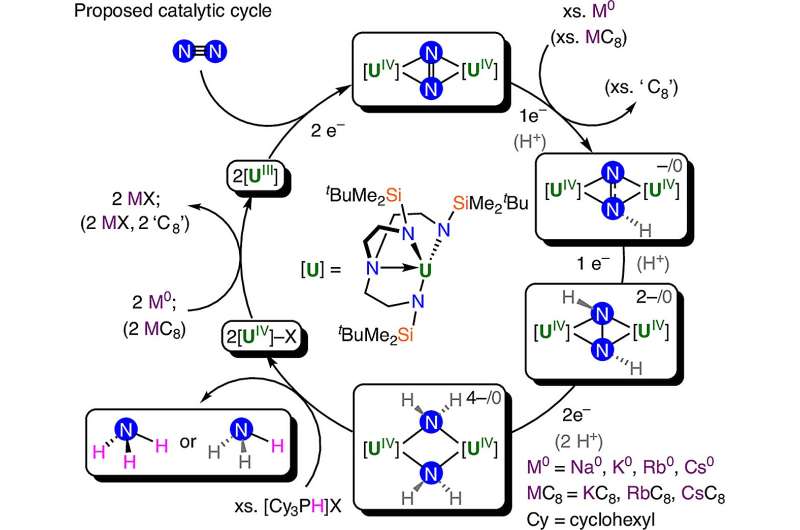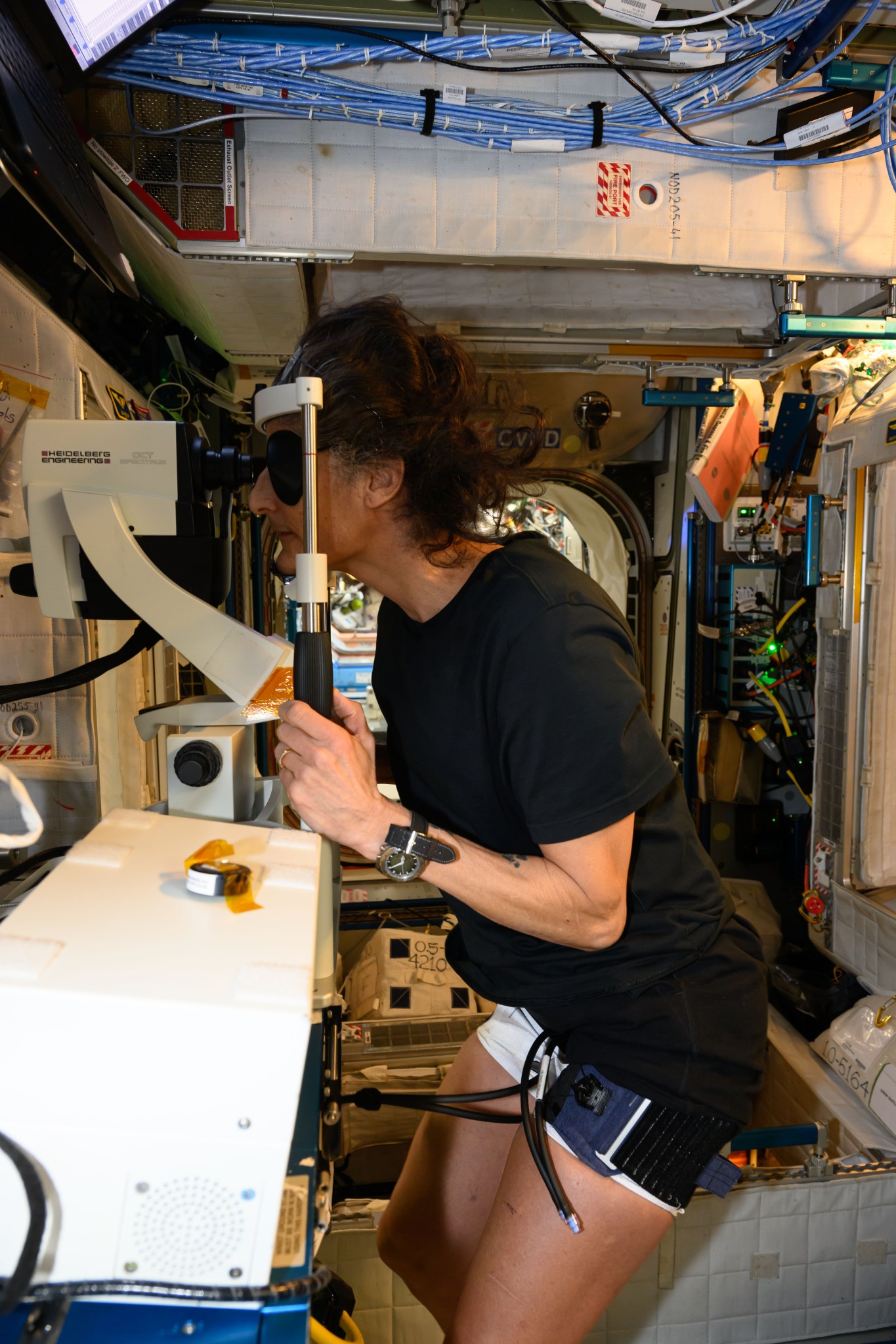Researchers Develop Innovative Electrocatalysts for Water Splitting

A research team from Jianghan University and Fuzhou University has made significant advancements in electrocatalytic water splitting by developing innovative bimetallic selenium-containing metal-organic frameworks (MOFs). This breakthrough has the potential to enhance the efficiency of hydrogen production through water splitting, addressing a growing need for sustainable energy solutions.
The team, led by researchers Wang-ting Lu, Fan Yu, and Yun Zheng, focused on utilizing two-dimensional (2D) layered MOFs as self-sacrificial templates to create high-performance electrocatalysts. Traditional methods for producing MOF-derived selenides often involve high-energy-consuming processes that compromise the precision of structural and compositional control during pyrolysis. Their approach seeks to overcome these limitations.
Innovative Methods for Introducing Selenium
The researchers introduced selenium into the cobalt-iron MOF using two distinct strategies. The first involved etching the prepared MOF with a selenium dioxide (SeO2) solution. The second method replaced the thiocyanate ion (SCN−) with a selenocyanate ion (SeCN−) as a construction unit. Both strategies were evaluated for their effectiveness in enhancing the electrochemical activity of the resulting electrocatalysts for the hydrogen evolution reaction (HER) and the oxygen evolution reaction (OER).
Results from the study indicate that both methods significantly improve the HER performance during overall water splitting. The high electrochemical activity observed is attributed to the unique 2D hierarchical porous structure of the materials, which fosters a strong synergistic effect between the various components.
Implications for Sustainable Energy
This research highlights the feasibility of designing layered MOFs with sulfur- or selenium-containing linkers as effective catalysts for water splitting. By providing a more economical and low-energy-consuming alternative, this work contributes to the ongoing pursuit of sustainable energy solutions.
Furthermore, the study presents an innovative approach to synthesizing MOF-based metallic selenides, paving the way for future advancements in the field of electrocatalysis. The findings are expected to have broad implications for the development of efficient energy systems, potentially influencing both academic research and industrial applications.
The full study is detailed in the journal publication, which can be accessed through the following link: https://journal.hep.com.cn/fie/EN/10.1007/s11708-024-0924-x.






